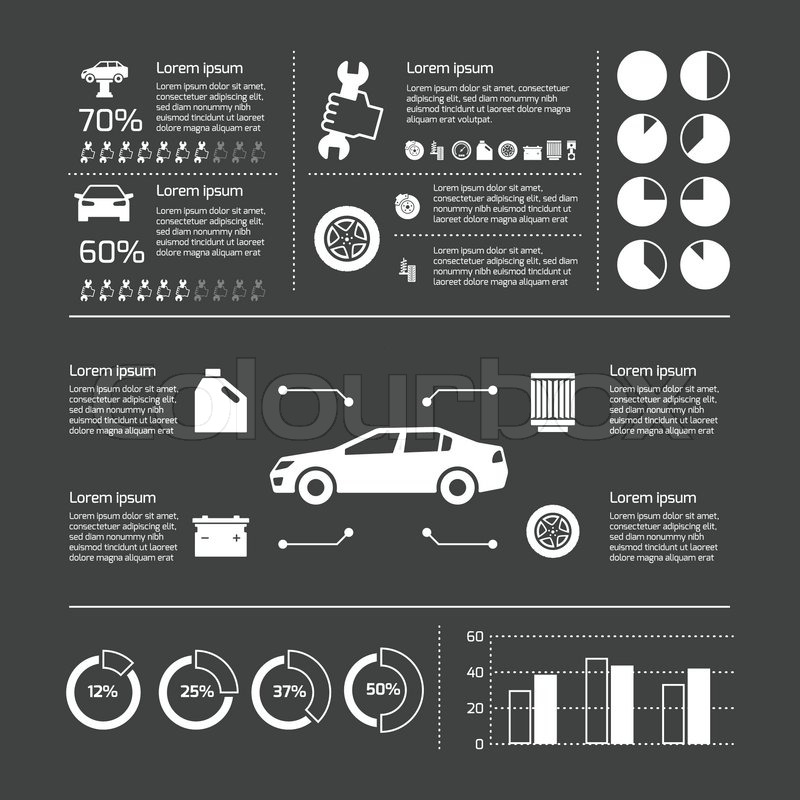Nonetheless, What Can Be Done Concerning Spongy Brake Pedals? Find The Solution Described Below!
Nonetheless, What Can Be Done Concerning Spongy Brake Pedals? Find The Solution Described Below!
Blog Article
Personnel Author-Maddox Murray
When it pertains to your car's brake system, comprehending typical issues can save you from possible safety dangers. From recognizing brake pad wear to resolving brake fluid leakages, understanding exactly how to deal with these problems is crucial. However what regarding linked internet site ? There's https://jaredrmgbu.snack-blog.com/31132291/discovering-the-jewels-checking-out-high-quality-automobile-repair-work-shops-in-your-town for that also. Stay tuned for more information about these concerns and the sensible remedies that can maintain you safely on the road.
Brake Pad Put On and Substitute
When it concerns preserving your automobile's brake system, one important facet to watch on is the wear and substitute of brake pads. Brake pads are important elements that press versus the brake rotors to decrease or stop your car. In time, these pads wear down due to friction, requiring routine inspection and replacement to ensure your brakes function efficiently.
To figure out if your brake pads require substitute, listen for shrieking or grinding sounds when you apply the brakes. Additionally, if your car takes longer to stop or you see vibrations or pulsations when stopping, it might be time to change the brake pads.
Ignoring used brake pads can lead to decreased braking efficiency, damage to other brake elements, or even brake failing.
Replacing brake pads is a fairly uncomplicated process for lots of automobiles. Nonetheless, if you're unsure or awkward executing this task, it's finest to seek advice from an expert technician to ensure appropriate setup and ideal brake performance.
Regularly examining and replacing brake pads is important for your security and the long life of your automobile's braking system.
Brake Fluid Leaks and Maintenance
To ensure your automobile's brake system functions ideally, it is very important to likewise focus on brake fluid leaks and maintenance. Brake fluid is vital for transmitting the force from your foot on the brake pedal to the actual braking mechanism. https://brake-service-near-me62849.dailyblogzz.com/31713399/taking-a-look-at-numerous-professional-opportunities-in-the-car-repair-work-sector with brake liquid is leaks, which can occur due to shabby brake lines, seals, or connections. If you discover a pool or leaks under your car, it's necessary to address the leakage without delay to prevent a prospective brake failing.
Consistently inspecting your brake liquid level is vital to preserving your brake system. Low brake fluid can cause air getting in the brake lines, which jeopardizes stopping performance.
In addition, old or polluted brake fluid can influence the overall effectiveness of your brakes. It's advised to adhere to the producer's guidelines on when to alter the brake liquid, usually every 2 years.
Spongy Brake Pedal: Bleeding Brakes
If you have actually ever experienced a mushy brake pedal while driving, you recognize the importance of preserving a company and receptive stopping system. One common root cause of a squishy brake pedal is air caught in the brake lines. When air gets in the brake system, it can result in a loss of hydraulic pressure, causing that upsetting mushy feeling when you press the brake pedal.
To solve this concern, hemorrhaging the brakes is essential. Bleeding the brakes entails removing the air from the brake lines to restore correct hydraulic stress.
To hemorrhage the brakes, you'll require an assistant to help you. Beginning by finding the brake bleeder shutoff on each wheel, generally located near the brake caliper. With a wrench, loosen up the shutoff and have your assistant press the brake pedal while you observe any type of air bubbles appearing. Repeat this process for every wheel, starting from the wheel farthest from the master cyndrical tube and relocating more detailed.
Once you no longer see air bubbles and only clear fluid emerges, tighten the shutoff and top up the brake liquid tank as needed. Bleeding the brakes helps ensure a firm brake pedal and enhances overall braking performance.
Conclusion
Now that you understand common brake problems and just how to repair them, you can ensure your vehicle's security and efficiency. Bear in mind to pay attention for indication like shrilling sounds or spongy brake pedals, and resolve them quickly. Routine upkeep and timely replacements are essential to maintaining your brakes in top problem. Stay aggressive and mindful to your brake system to enjoy secure and reliable driving experiences.
